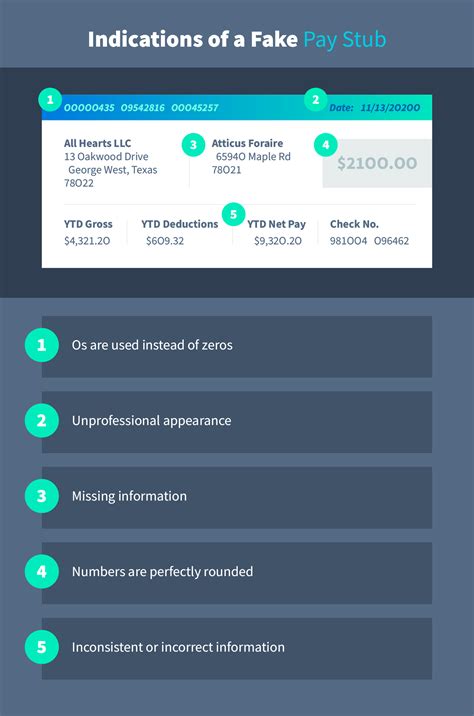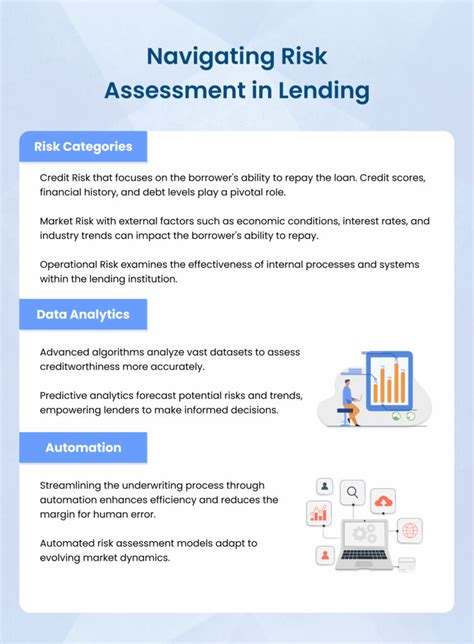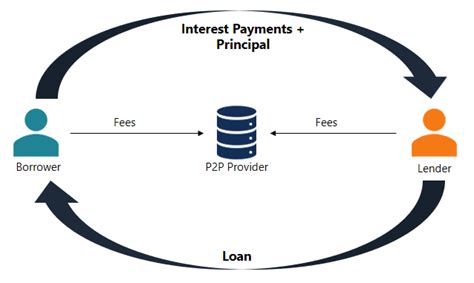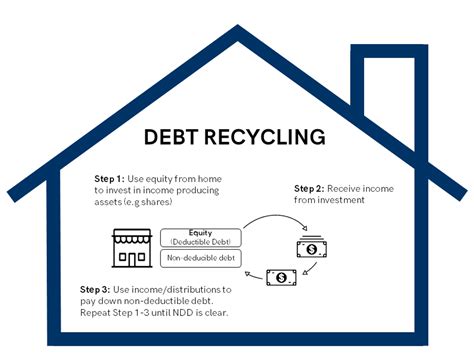Introduction:
In today’s digital age, loan document forgery has become increasingly common. One of the most common methods used by fraudulent individuals is altering pay stubs and bank statements. This article will guide you through the process of identifying forged documents and help you protect yourself from falling victim to loan document fraud.

1. Pay stubs:
a. Check the layout and design: Authentic pay stubs usually have a consistent layout and design. If the layout appears to be altered or inconsistent, it may be a sign of forgery.
b. Verify the company logo: Look for the company’s logo on the pay stub. Ensure that it matches the logo on the company’s official documents. A different or slightly altered logo could indicate a forged document.
c. Cross-reference the information: Compare the information on the pay stub with the employee’s actual employment records. Check for discrepancies in the employee’s name, job title, salary, and other details.
d. Examine the date and pay period: Ensure that the pay stub’s date and pay period match the employee’s actual pay schedule. An incorrect date or pay period could be a red flag.
e. Inspect the signatures: Verify that the signatures on the pay stub are genuine. Pay stubs typically have the signatures of both the employee and the employer. If the signatures appear fake or unfamiliar, it could be a forged document.
2. Bank statements:
a. Check for inconsistencies: Authentic bank statements should have a consistent format and design. If the document appears to be altered or has inconsistencies in the layout, it may be a forgery.
b. Verify the bank’s logo: Ensure that the bank’s logo on the statement is the same as the one on the bank’s official website and other documents. A different or slightly altered logo could indicate a forged document.
c. Cross-reference the account information: Compare the account details on the bank statement with the actual account information. Check for discrepancies in the account number, routing number, and other details.
d. Inspect the transaction history: Look for any unusual or suspicious transactions. Forged bank statements often have irregular or fake transactions that do not match the account holder’s actual banking activity.
e. Verify the signatures and stamps: Ensure that the signatures and stamps on the bank statement are genuine. These may include the bank’s stamp, the account holder’s signature, and any authorized signatures. If any of these appear to be fake or unfamiliar, it could be a forged document.
Conclusion:
Identifying altered pay stubs and bank statements is crucial in detecting loan document forgery. By following the guidelines mentioned in this article, you can protect yourself from falling victim to loan document fraud. Always exercise caution and verify the authenticity of any loan-related documents before proceeding with any financial transactions.



